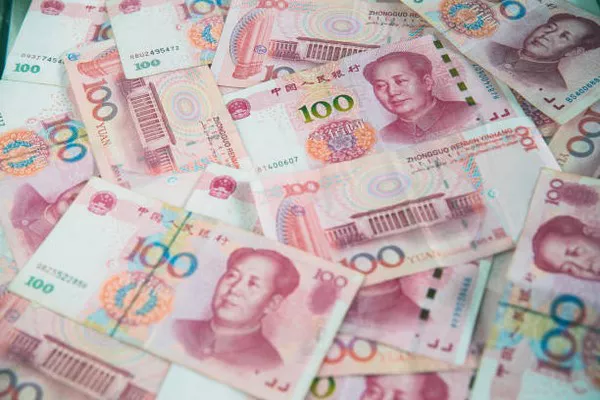BEIJING: The People’s Bank of China (PBOC) has kept its one-year policy loan rate, or the medium-term lending facility (MLF), steady at 2.3% following a 20 basis point cut in July. This decision comes amid a net withdrawal of 101 billion yuan ($14 billion) from the banking system this month, following the expiration of 401 billion yuan in loans on August 15.
Bruce Pang, chief economist for Greater China at Jones Lang LaSalle Inc., noted that the withdrawal reflects the PBOC’s aim to maintain balanced liquidity while preventing excessive liquidity that could fuel a bond market rally. This move underscores Beijing’s cautious stance in balancing economic support with managing financial risks.
Despite a rare contraction in bank loans due to weak demand, the PBOC is carefully navigating between stimulating growth and curbing a surge in government bond purchases. Recent stress tests on bond investments by financial institutions are part of the PBOC’s efforts to mitigate risks if the current bond rally reverses, according to a report by a central bank-backed newspaper.
The central bank’s liquidity management may also be influenced by tepid demand for loans. Financing costs for AAA-rated commercial banks remain low at 1.96%, significantly below the MLF rate.
Economists speculate that further easing could be on the horizon, particularly if the Federal Reserve begins its rate-cutting cycle as expected. Xiaojia Zhi, an economist at Credit Agricole, anticipates a potential reduction in the reserve-requirement ratio by 25 to 50 basis points to support liquidity needs and offset maturing MLF.
In addition to the rate decision, the PBOC injected 471 billion yuan in short-term cash via seven-day reverse repurchase agreements to ensure ample liquidity at the end of the month.


